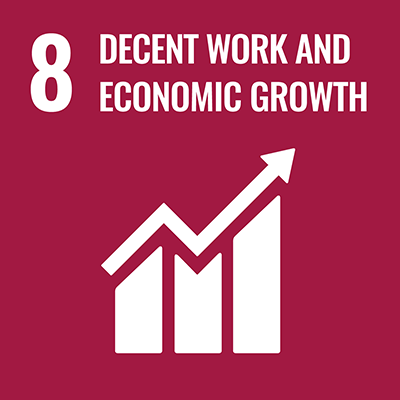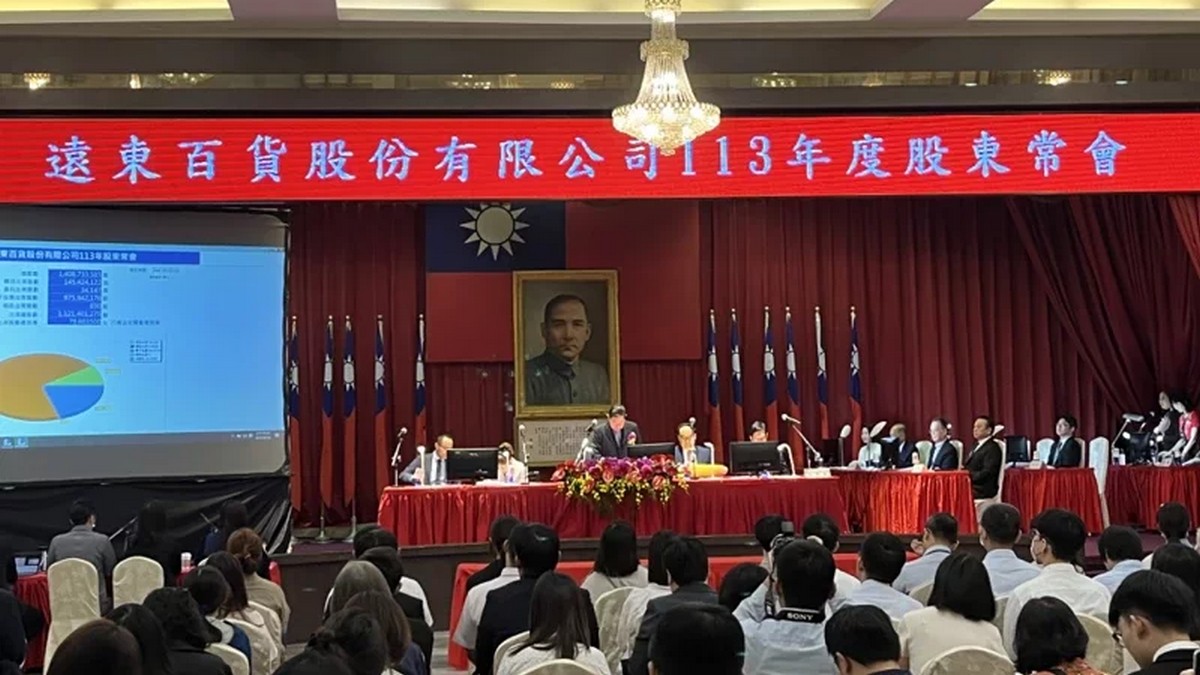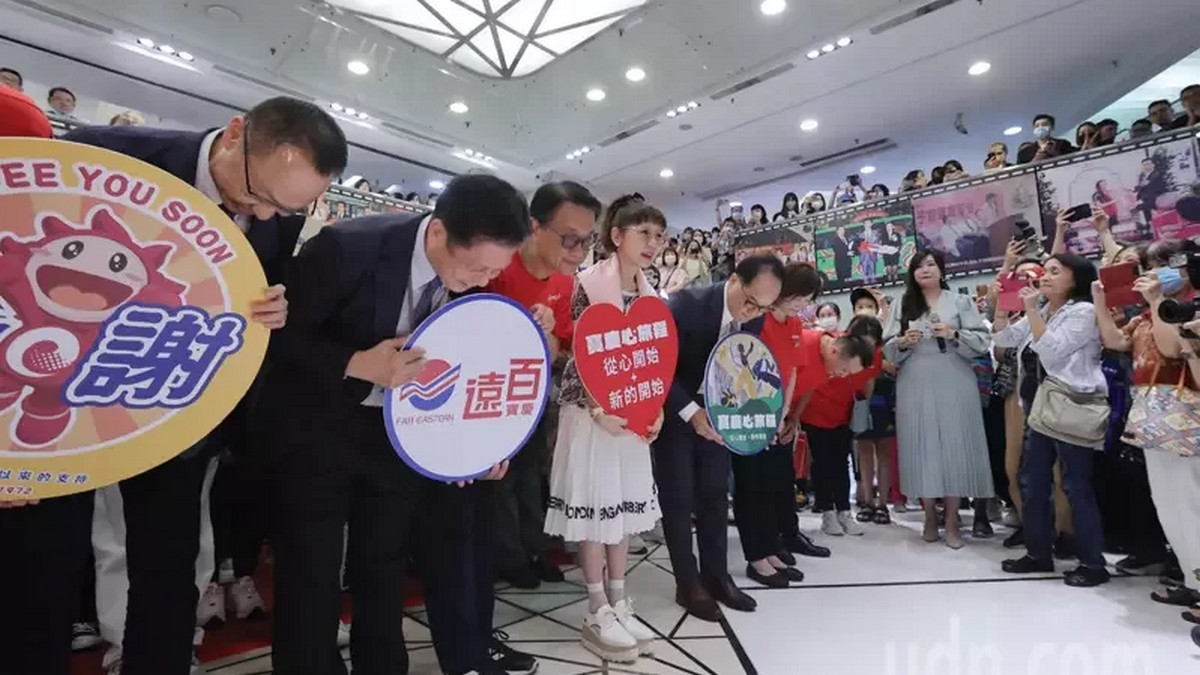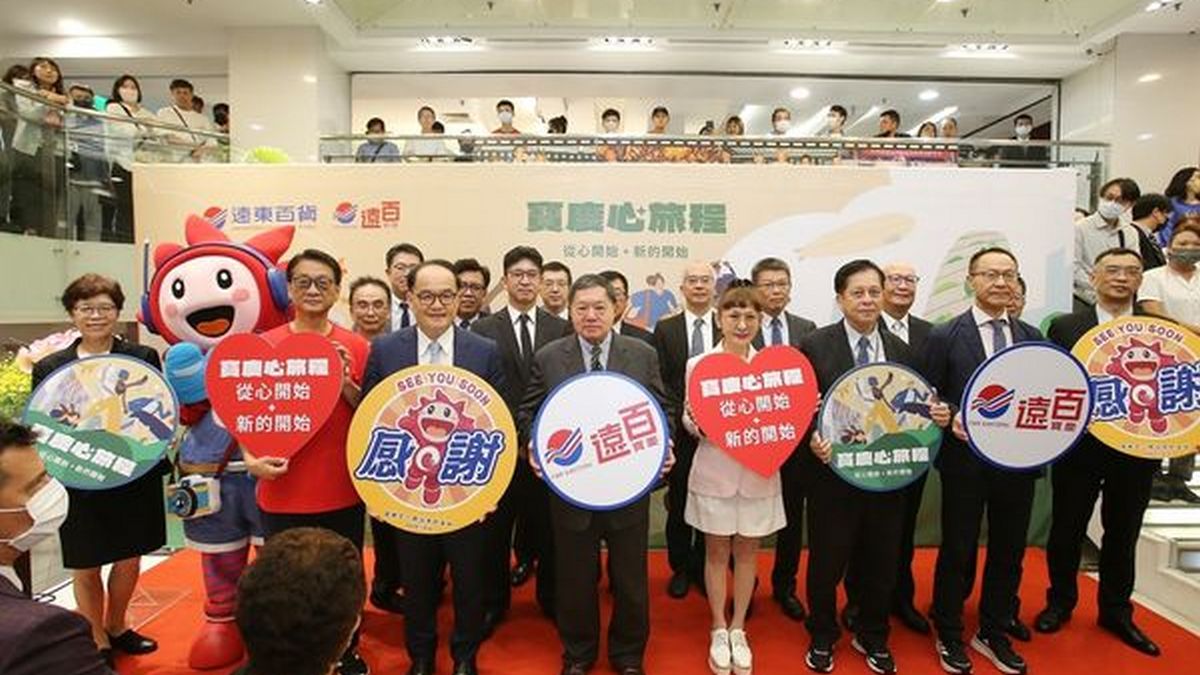Resilient Retail - New Guidelines for Retailers
1. Operating Environment Outlook
In the realm of global economies, the United States has thrived on the robust employment landscape bolstering consumer expenditures and the expansion of corporate investments. The GDP witnessed a noteworthy surge from 2.0% to 2.4% during the second quarter of the current year. While both the Core Consumer Price Index (Core CPI) and the Producer Prices Index (PPI) experienced marginal declines. Contrastingly, the Eurozone grappled with a subdued GDP growth rate of 0.3% in the second quarter of 2023, underscoring persistent weaknesses. This can be attributed primarily to stringent monetary policies curbing economic momentum, coupled with lackluster global terminal demand resulting in a downturn in industrial production and sustained contraction in retail sales. The prevailing conservative consumption atmosphere has contributed to this scenario. Additionally, producers have faced a diminishing annual growth rate in the price index, a consequence of dwindling input costs such as energy.
Turning our attention to Japan, the second quarter of 2023 witnessed a notable upswing in the quarterly GDP growth rate. This surge can be attributed to the flourishing export sales of automobiles, which, in turn, fueled the expansion of overall exports. Impressively, this marks the third consecutive quarter of positive growth. However, caution is warranted as external demand is expected to decelerate in the latter half of the year, potentially impacting performance. Moreover, an intriguing trend has emerged in the economic landscape. Throughout the current year, the PPI has experienced a gradual decline in its annual growth rate, mirroring the diminishing prices of essential commodities such as energy, food, and steel. In contrast, the annual growth rate of the CPI has remained steadfastly flat. This nuanced economic scenario suggests a delicate balance and hints at potential challenges in maintaining stability.
The economic landscape in mainland China presents a worrisome trend as multiple indicators exhibit a deceleration. Notably, exports, consumption, investment, and the unemployment rate all fall below anticipated levels. The ongoing crisis among real estate developers has further intensified concerns across society regarding potential economic and financial risks. Adding to the complexity, the PPI has consistently recorded negative growth for ten consecutive months. This prolonged decline underscores challenges faced by various sectors, signaling potential strains on profitability and economic resilience. Simultaneously, the annual growth rate of the CPI has transitioned from zero to negative territory, reflecting a decline in internal demand and escalating apprehensions about the specter of deflation. This intricate web of challenges prompts a careful examination of policy responses and strategic initiatives to navigate the evolving economic landscape.
Taiwan's economic outlook for 2023 forecasts a modest growth rate of 1.6% for the entire year, portraying a facade of restraint juxtaposed with underlying resilience. The cornerstone of this economic buoyancy lies in the robust performance of private consumption, emerging as the primary driver for Taiwan's growth trajectory. However, amid these promising prospects, three potential risks demand vigilant attention:
A. Geopolitics
- The protracted war between Russia and Ukraine has increased the risk of conflict between Russia and NATO, which may lead to a long-term confrontation between the two sides and be detrimental to economic development.
- Russia's withdrawal from the Black Sea Grain Agreement deepens uncertainty about global food supplies. In addition, if Russia stops supplying natural gas to Europe, it will also cause fluctuations in the global energy market.
B. Interest Rate
- Global core inflation is still at a high point, and European and American central banks may maintain high-interest rates for longer, which will affect investment and weaken household purchasing power, suppressing global terminal demand.
- Emerging economies have experienced sharp currency depreciation due to the strengthening of the U.S. dollar and the issuance of large amounts of U.S. dollar foreign debt, which may increase the risk of sovereign debt defaults.
C. The Economic Outlook in China
- Mainland China's consumption is weak, investment is sluggish, unemployment is rising, and economic momentum continues to cool, which will impact global economic growth.
- The debt defaults of large real estate companies and the financial problems of asset management groups have made people from all walks of life worried about the economic and financial risks in mainland China.
In a broad context, the anticipated slowdown in the economic growth rates of major countries and regions in 2023 can be attributed to a confluence of factors, including inflationary pressures, rising interest rates, and turbulence in financial markets. As these challenges exert their influence, a general deceleration is projected when compared to the economic performance witnessed in 2022. However, casting an optimistic gaze towards 2024 reveals a forecast of resurgence across the global economic landscape. This optimism is particularly pronounced for emerging market countries and developing nations, poised to experience a notable upswing in economic activity. The anticipation of renewed growth underscores the dynamism inherent in these economies and hints at the potential for a broader global economic revitalization.
2. The Renaissance of Retail
Examining the trajectory of the retail industry over the past five years unveils a significant shift in the behaviors and expectations of key stakeholders, namely customers, suppliers, employees, and investors. The dynamics at play today differ markedly from those observed in the past. Consumers, for instance, have undergone a notable transformation in their approach. No longer content with traditional web browsing for products and steadfast brand loyalty, today's consumers prioritize high-quality, cost-effective alternatives from diverse brands. Their expectations extend beyond the product itself, encompassing a desire for swifter product delivery. Additionally, there is a heightened emphasis on companies aligning with Environmental, Social, and Governance (ESG) principles, reflecting a growing awareness and concern for sustainable business practices. This nuanced landscape necessitates a strategic reevaluation by retailers to effectively respond to evolving stakeholder expectations and to remain competitive in an increasingly dynamic market.
Since 2015, a striking trend has emerged in the retail landscape, wherein the top 10% of listed retailers have asserted their dominance, claiming a substantial 70% share of the industry's economic profits. This dominance has given rise to a "Winner Takes All" in the industry. However, achieving and sustaining this coveted winner status is no trivial feat. Becoming a victor in this highly competitive arena poses formidable challenges, requiring a strategic combination of innovation, customer-centric approaches, and adaptability to changing market dynamics. Furthermore, the difficulty lies not only in clinching the winner's position but also in navigating the evolving rules of the game. As these rules undergo dramatic transformations, the retail industry faces formidable challenges to its very survival, demanding agile responses and forward-thinking strategies to weather the storm of change.
How has the retail industry changed in the past five years?
A. Rise of ZERO Consumer
Zero boundaries:Nearly half of consumers said they rely on social media, celebrities, articles or blogs to get purchasing inspiration and can shop smoothly across channels.
Zero in the middle:Over the past five years, the amount of money consumers spend on mid-price goods and services has fallen by nearly 10%. In April 2023, about 80% of U.S. consumers said they were buying lower-priced products. At the same time, according to a recent survey of American and European consumers, 40% plan to invest in high-end consumption of restaurants, travel and clothing.
Zero loyalty:50% of consumers said they would change their preferred brand in 2022, a significant increase from only 30% in 2020.
Zero patience:Consumers are less willing to wait, and "free standard shipping," which was once only offered by a handful of retailers, is quickly becoming a basic service. Many consumers say three-day shipping is the slowest they can tolerate.
Net zero as a buying factor:Analysis by McKinsey and NielsenIQ shows that products that make sustainability-related claims on packaging have grown an average of 28% over the past five years.
B. Reconstructing Retail Ecology System
The traditional model of the retail industry, centered on purchasing products from a network of suppliers and reselling them for profit, has undergone a transformative shift in recent years. The industry is now strategically tapping into new value pools beyond omnichannel retail, with a notable focus on third-party marketplaces and Retail Media Networks. Over the past five years, more than 20 major retailers have embraced the concept of third-party marketplaces. This innovative approach allows retailers to experiment with new marketing strategies, explore diverse categories or products, and even replace traditional first-party sales models. The diversification into third-party marketplaces reflects a dynamic response to changing consumer demands and market trends. Furthermore, the realm of retail media has become a pivotal arena for investment and growth. According to eMarketer’s latest report, global advertising expenditures on retail media are poised to surpass USD 50 billion in 2023. Undoubtedly, Amazon stands out as a frontrunner in the retail media advertising market, leveraging its platform to capture a significant share. Other major players, such as Walmart with its "Walmart Connect" initiative and Carrefour with "Carrefour Links," are actively leveraging their customer databases and years of trading data to propel their presence in the burgeoning retail media advertising landscape. This strategic diversification underscores the industry's adaptation to evolving consumer behaviors and the ever-changing digital landscape.
C. Job content and employee needs are changing
According to McKinsey's survey report, front-line employees in the retail industry express a strong desire for work content that offers flexibility and freedom. The findings underscore the importance of aligning work structures with the evolving expectations of employees, and recognizing the significance of a flexible and autonomous work environment. Moreover, the report highlights a compelling correlation between employee retention rates and the growth of performance profits. By reducing staff turnover, companies not only cultivate a more stable workforce but also unlock financial resources. The savings derived from lower turnover rates can be strategically redirected to enhance wages, benefits, and training programs, ultimately fostering a more engaged and skilled workforce. Furthermore, the survey underscores the increasing significance of data analysis skills within retail teams. In the face of digitalization and operational challenges, employees with proficiency in data analysis are becoming integral to navigating the complex landscape of retail operations. This emphasizes the need for ongoing investment in skill development and talent acquisition to meet the demands of the evolving digital era in the retail sector.
D. Things that Senior Executives in the Retail Industry Need to Pay Urgent Attention to
As a management priority, retailers are shifting their focus from merely capturing consumers' "share of pocket" to actively pursuing and measuring their "share of life." This strategic shift emphasizes the importance of becoming an integral part of people's lives by introducing a more diverse array of goods or services. The goal is to extend beyond traditional roles as product showrooms or service centers and establish physical stores as vital hubs for consumers, fostering stronger and more meaningful relationships. In this evolving landscape, physical stores are envisioned not only as spaces for showcasing products and providing services but also as rapid fulfillment centers. This multifaceted role ensures that stores not only serve as points of engagement but also offer efficient and convenient fulfillment options, aligning with evolving consumer expectations. Moreover, to secure a greater "share of life," retailers are recognizing the imperative of evaluating business decisions through the lens of ESG. This involves a commitment to environmental protection, social responsibility, and sound corporate governance practices. By incorporating ESG considerations into their strategies, retailers not only align with societal values but also contribute to a sustainable and responsible business model, further deepening their connection with consumers and enhancing their overall "share of life" in the marketplace.
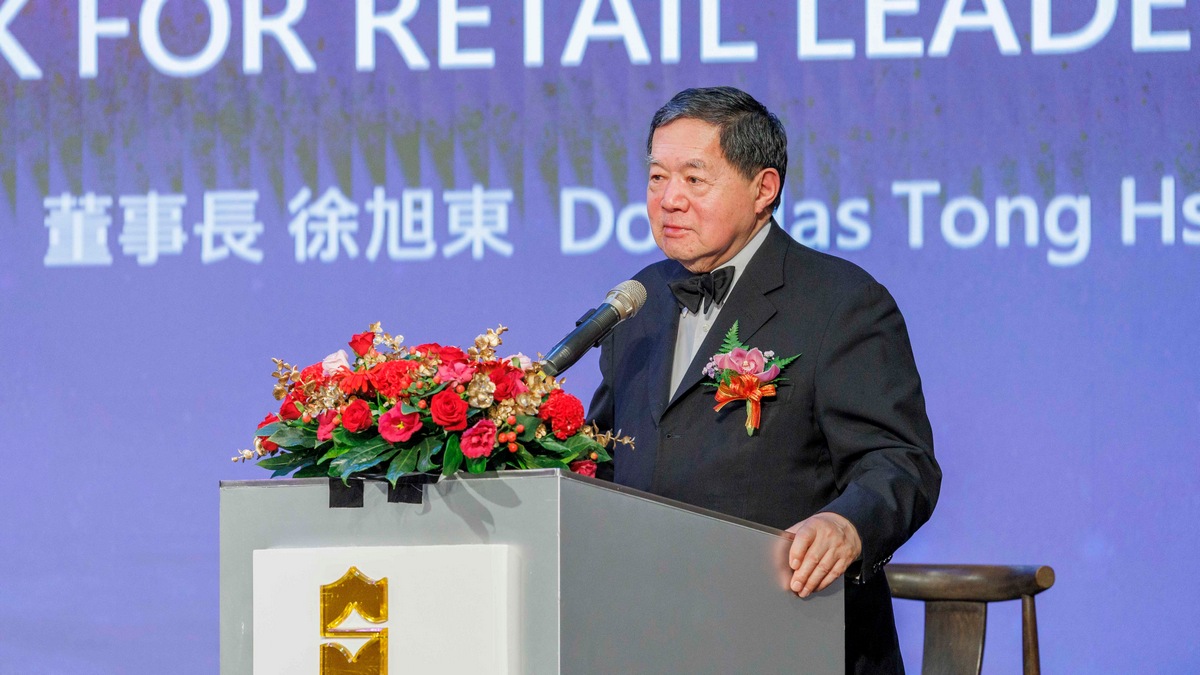
At the onset of this year, Coca-Cola hosted the "Create Real Magic" competition, extending an invitation to the public to employ advanced AI technologies such as GPT-4 and DALL-E2 systems to recreate the iconic visuals associated with Coca-Cola. This initiative exemplifies the brand's commitment to embracing innovative and cutting-edge technologies. Building on the momentum of its new brand concept, "Real Magic," Coca-Cola recently unveiled a captivating and whimsical creative advertisement titled "Masterpiece," which garnered widespread acclaim. The storyline unfolds within a fictional art museum, where classic artworks collaboratively orchestrate the delivery of the "water of inspiration" in the form of a bottle of cold and refreshing Coca-Cola to fatigued students. Notably, "Masterpiece" deviates from a conventional narrative about the beverage, adopting a distinctive approach where "Coke is the story itself." The advertisement weaves a narrative that transcends the conventional boundaries of time, geography, and artistic genres, connecting artworks from different eras and locations. In a culmination of creative brilliance, the storyline breathes life into the protagonist, imparting a profound and symbolic meaning. At its core, "Masterpiece" encapsulates the essence of the brand spirit, "Real Magic." It subtly communicates the idea that people generate countless remarkable moments through communication, aligning seamlessly with the brand's overarching theme of fostering magic and wonder in everyday interactions.
People often say that change is the only thing that does not change. Therefore, I would like to encourage everyone with Churchill's words: "To make improvement, you have to change; to be perfect, never stop changing."
(This article is a summary of Chairman Douglas Hsu’s speech at the 2023 FEDS Best Partner Party)
Business and Company
News Type
UN SDG
Share
Download
Source
Machine Translation



